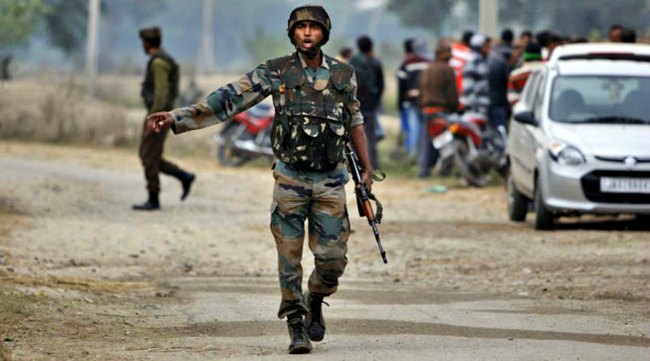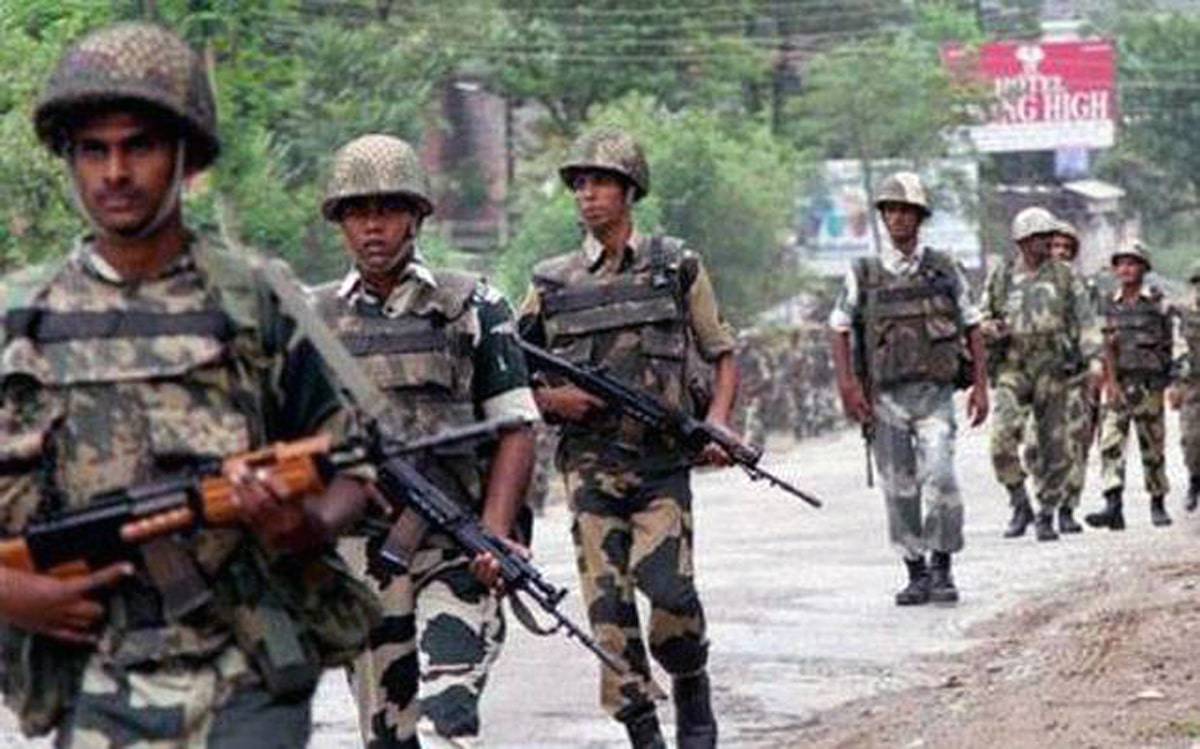Assam Rifles jawan, civilian injured in exchange of fire in Arunachal Pradesh

Assam Rifles jawan, civilian injured in exchange of fire in Arunachal Pradesh
In the Kharsang area of Changlang district in Arunachal Pradesh, an exchange of fire unfolded, resulting in injuries to both an Assam Rifles jawan and a civilian. The incident transpired on a Friday evening. Kharsang, the location of the incident, is situated on the border with Assam.
The Assam Rifles jawan, who suffered severe bullet wounds during the exchange, was promptly transported to the Dinjan military hospital in Assam’s Dibrugarh district for urgent medical attention. The gravity of the injuries suggests the need for immediate and specialized care at a military medical facility.
Simultaneously, a civilian was also harmed in the confrontation, sustaining a leg injury. The individual was initially admitted to a local primary health center for initial medical treatment. Subsequently, due to the nature of the injury or for more advanced care, the injured civilian was shifted to a nearby hospital in Assam’s Tinsukia district.
The provided information outlines the sequence of events and the swift response to attend to the wounded. However, the underlying reasons for the exchange of fire and the broader context of the incident remain unspecified. For a more comprehensive understanding, additional details from official sources or investigations would be necessary.
The incident involving three local youths armed with country-made guns occurred as they embarked on a fishing and hunting expedition in the Pangchun village forest. The presence of Assam Rifles personnel in the area was already established, following intelligence inputs suggesting the possible passage of militants through that region.
The three youths, armed with their country-made guns, likely encountered the deployed Assam Rifles personnel, leading to an unforeseen and potentially tense situation. Unfortunately, details about the specific events that transpired between the local youths and the security personnel are not provided. It is also noted that senior officials of the police and administration were unavailable for comment, leaving the circumstances surrounding the incident unclear.

The convergence of armed local youths and deployed security forces in an area flagged for potential militant activity adds complexity to the situation. Without official statements or further information, it remains challenging to determine the exact sequence of events, the motivations of the local youths, and the response of the security personnel. Ongoing investigations and official statements from relevant authorities will likely provide more clarity on what transpired during this incident.
The preliminary reports shed light on the circumstances surrounding the incident involving the local youths and Assam Rifles personnel. According to these reports, the youngsters, armed with country-made guns, observed some movement in the jungle during their fishing and hunting expedition. Believing it to be an animal, they opened fire, unintentionally injuring one of the Assam Rifles personnel who were already deployed in the area based on intelligence inputs about potential militant activity.
In response to the gunfire, the injured jawan retaliated, presuming that the shots were from the militants they were on alert for. This misunderstanding likely escalated the situation, resulting in one of the youths being injured in the exchange of fire. Following the confrontation, the two remaining youths fled the scene.
An alternative account suggests that the local youths fired shots during hunting, but they were promptly challenged by the Assam Rifles personnel. This challenge then led to the exchange of gunfire, resulting in injuries to two individuals.
These contrasting accounts underscore the complexity of the situation and the potential for misunderstandings in tense environments. The injuries sustained by both the Assam Rifles personnel and the local youths highlight the need for clear communication and a thorough understanding of the circumstances to prevent such incidents. As investigations progress and more information becomes available, a more comprehensive picture of the events leading to the exchange of fire will likely emerge.
Following the incident involving the local youths and Assam Rifles personnel, a significant number of local residents gathered and staged a protest against the Assam Rifles. The presence of a large crowd indicates a heightened emotional response and concern within the community. The protest likely reflected a combination of frustration, fear, and dissatisfaction with the events that transpired.
In response to the escalating tension, senior officials from the police and civil administration intervened to bring the situation under control. Their efforts likely involved communication with the community, addressing concerns, and possibly initiating an investigation into the incident. The presence of senior officials aimed to restore calm and prevent any further escalation of the situation.
While tension continued to simmer on the following day (Saturday), the absence of any untoward incidents suggests that the intervention by authorities helped mitigate the immediate aftermath of the incident. Ongoing vigilance and communication between officials and the community may have contributed to maintaining relative calm in the area.
The mention of militants being active in Changlang, Tirap, and Longding districts of eastern Arunachal Pradesh adds a layer of complexity to the situation. The region’s proximity to Myanmar, where some insurgent groups from the Northeast have their bases, underscores the security challenges faced by the authorities in managing potential threats and maintaining peace in the border areas.
As the situation develops, it will be crucial for authorities to engage with the community, provide transparent information, and work towards building trust to prevent further incidents and tensions in the region.




